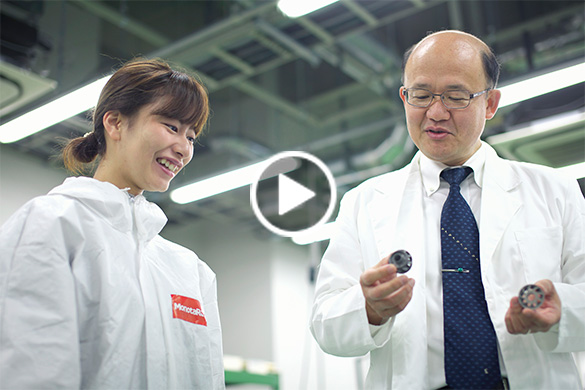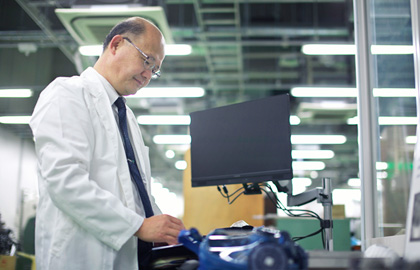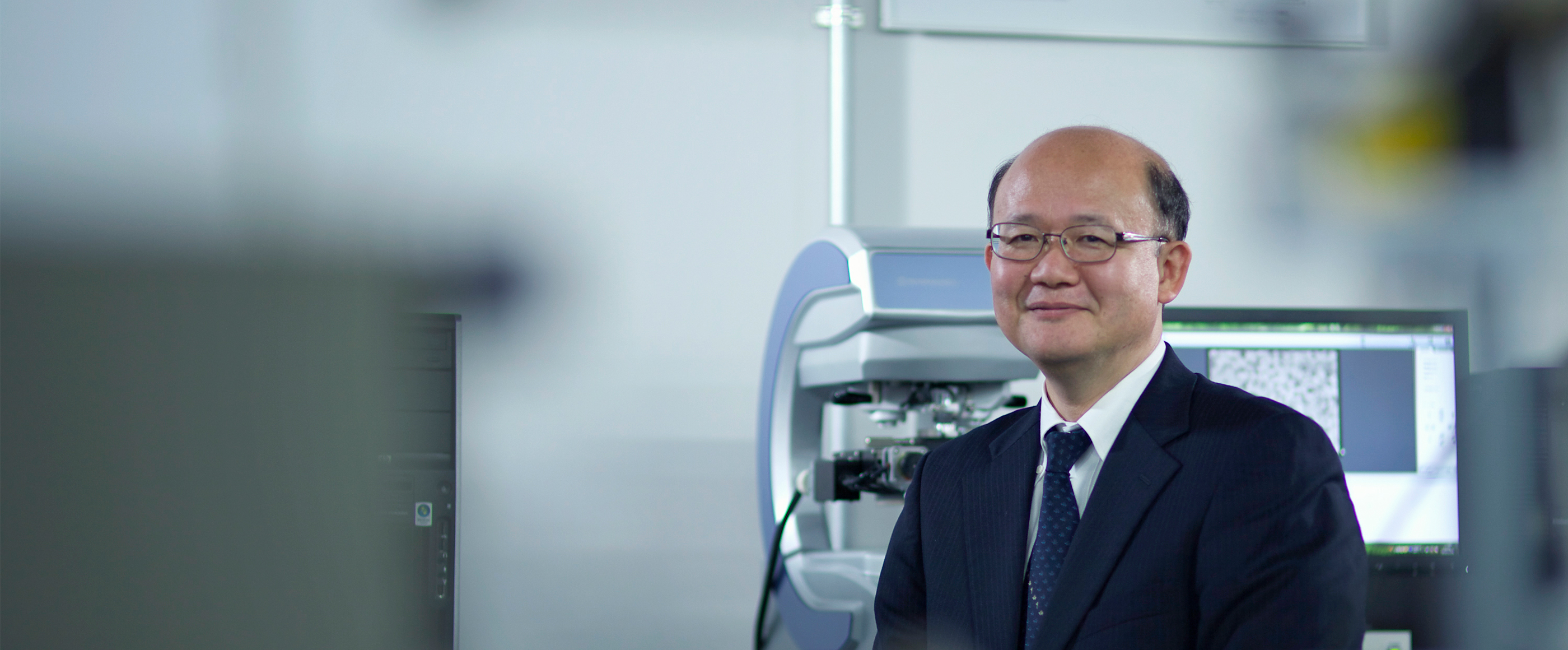-

-
Tribology is a science that is vast in scope and slippery—sometimes literally.
Tribology may sound like it could be a branch of sociology or anthropology, but don’t be fooled. It may be more reclusive than its glitzy siblings of physics, biology and chemistry, but it has an equally, if less visible role to play.
Tokyo University of Science has embraced tribology in a big way. In April 2015 it set up the TUS Tribology Center.
-
"Other science and technology topics generally focus on making one specific thing—such as a medicine for a disease—and if they do that then everything is great. That’s not the case with tribology," explains Shinya Sasaki, professor of mechanical engineering and director of the Tribology Center.
In contrast, tribology lurks behind the scenes. It typically refines and extends existing technologies building on what has come before. Sasaki puts it simply: "Mankind has made many things. Tribology works to enhance the performance of these things and the major focus of tribology today is enhancing the performance (efficiency) of machines."
-

But to understand what tribology and the center are all about, a brief history lesson is in order.
The word tribology was only coined in 1966 in a British government report that defined it as "the science and technology of interacting surfaces in relative motion and of the practices related thereto." Put simply, this is the science of controlling friction and wear. The word may be new, but the tribology in practice predates the term by at least two millennia, stretching back to the use of natural, biodegradable lubricants such as plant oil in ancient Egypt.
-


-
Today tribology is a much more wide-ranging beast. Indeed, tribology is the epitome of interdisciplinary. Sasaki describes the wide-ranging scope of tribology as including lubrication, lubricating oils and greases, contact mechanics, friction, wear, surface damage, surface modifications and coatings.
Science today is increasingly specialized creating a situation in which it is hard to develop things drawing on expertise from various fields, explains Sasaki. This creates scope for unrealized improvements. But doing so requires coloring outside the lines of conventional academic fields.
"Tribology calls for great breadth of knowledge. You deal with things from the nano to the meter order. You have to have an understanding that spans field boundaries, such as knowledge of the basics of each branch plus molecular science as well as physics, materials, mechanical engineering and electrical engineering," Sasaki says.
This is precisely why TUS as a university of science and its new tribology center are uniquely positioned to excel in the field. A total of nine TUS professors and 30 other people power the center with their expertise.
Tribology applications range from artificial hearts to heavy machinery. The center is particularly focused on eco-tribology and applications to help mitigate climate change.
"In Japan, 20% of carbon dioxide emissions come from cars, which lose an amazing 30% of energy to friction. We can’t recover all of that, but by making improvements and taking them global, there is great scope for tribology to have a large positive impact on the environment," Sasaki says.
Another area where tribology could be of benefit is windmills. Windmill repair can cost more than a windmill, Sasaki explains.
The center is using a 3D printer in an attempt to create self-adaptive and self-repairing surfaces akin to human skin. Innovations such as these could reduce the operating costs of windmills and make them a more cost-effective and attractive option.
After years in the shadow, tribology is slowly moving closer to the limelight. Technological advancements, increasing fragmentation in science and increasingly serious environmental issues have given tribology greater urgency and a broader mandate to help the environment.
Sasaki and the TUS Tribology Center hope to make the most of this situation to realize a more sustainable world.



Professor Sasaki is a former Deputy-Director of the Advanced Manufacturing Research Institute at the National Institute of Advanced Industrial Science and Technology (AIST) and a visiting researcher of the University of Oxford. He joined TUS in 2007 as a professor of the Faculty of Engineering. In April 2015, established the TUS Tribology Center and currently acts as its director.
Sasaki-lab. > https://www.rs.tus.ac.jp/tribolab/indexeng.html



